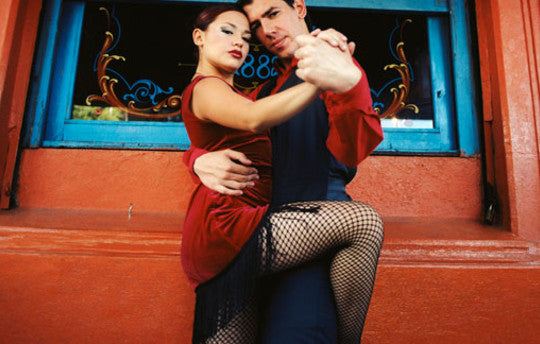Your Cart is Empty

Tango aside, Argentine music is rooted in the rural dance traditions of the countryside, an amalgam of Spanish and immigrant Central European styles with indigenous musics.
Chamamé originates from the rural culture of northeast Argentina, an area that attracted numerous Eastern European settlers. These immigrants brought with them European music that merged with local music and African rhythms to create chamamé.
The melodies chart the history of the migrants and have a touch of melancholy. During the 1950s, migrants started moving to Buenos Aires for work and brought chamamé with them. It attracted wider attention in the city dance halls and cultural centres.The typical group includes accordion, guitar and bass guitar. Chamamé artist Raúl Barboza enjoyed popularity and success in the 1990s. An artist who enjoys current success is musician and accordion player Chango Spasuik.
The cuarteto dance style, which became popular in the 1940s, involves a solo singer, piano, accordion and violin. In the 1980s it underwent a resurgence and became popular in the dance-halls of Buenos Aires, where it was adopted alongside Colombian guarachas, Dominican merengue and Latin salsa. The most famous contemporary artist is Carlos Jiménez.
In a movement aligned to the emergence of nueva canción, dozens of Argentinian folk singers and groups emerged in the 1960s and 1970s. The music featured tight arrangements and four-part harmonies. Leading artists of the early decades included Los Chalchaleros and Los Fronterizos. Over the last thiry years, groups—including Los Trovadores, Los Huanca Hua, Cuarteto Zupuy, El Grupo Vocal Argentino and Opus 4—have started experimenting with the folk dance traditions of zamba, chacareras, and cuecas. Current popular artists include Soledad Pastorutti, Dúo Coplanacu and Lilana Herrero.